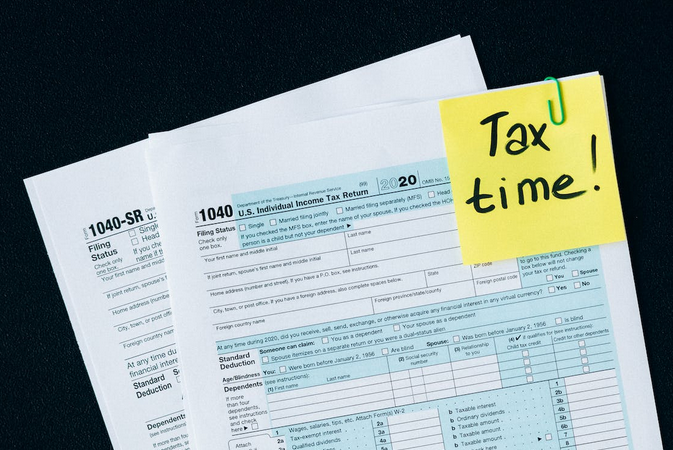Imagine coming to your office only to find a letter informing you about a pending tax lien against your property and assets. Well, of course, dealing with tax liens can be overwhelming. But, there are resources available to help prevent it in the first place, such as the Fresh Start Program by the IRS.
But fret not. With the right knowledge and strategies in your arsenal, you can tackle these situations smoothly and effectively. Keep on reading, as we’ll show you the basic yet best strategies to handle tax liens.
Pay the Debt in Full

Make no mistake: Sometimes, it’s not that easy to pay the debt in full. While it may require some financial planning and budgeting on your part, it’s worth considering as it ensures regaining complete ownership of your assets without any encumbrances.
By paying off the debt promptly, you demonstrate good faith and responsibility to the IRS or state taxing authority involved. It shows that you take your obligations seriously and are committed to resolving the issue efficiently. To make this process more manageable, take a close look at your financial situation. Create a realistic budget that allows for allocating funds towards clearing the tax lien debt.
Negotiate an Installment Agreement
 When faced with a tax lien, negotiating an installment agreement can be a viable option to handle the debt smoothly. An installment agreement makes it possible for you to pay off all your tax debt in manageable monthly payments, providing some relief from the financial burden. The first step in negotiating an installment agreement is determining your ability to make consistent and reasonable payments. This involves assessing your income, expenses, and other financial obligations.
When faced with a tax lien, negotiating an installment agreement can be a viable option to handle the debt smoothly. An installment agreement makes it possible for you to pay off all your tax debt in manageable monthly payments, providing some relief from the financial burden. The first step in negotiating an installment agreement is determining your ability to make consistent and reasonable payments. This involves assessing your income, expenses, and other financial obligations.
By presenting a realistic proposal based on your current financial situation, you increase the chances of reaching a favorable outcome. To initiate negotiations, contact the IRS or state tax agency responsible for collecting the debt. Be prepared to provide detailed information about your finances and reasons for requesting an installment agreement. It’s essential to stay organized throughout this process by keeping copies of all communication and supporting documents.
Try Offer in Compromise (OIC)
If you find yourself facing a complicated tax lien, an Offer in Compromise (OIC) may be a viable option for resolving your debt. An OIC allows taxpayers to settle their tax liabilities for less than the full amount owed. Note that not everyone qualifies for this program, as the IRS carefully evaluates each case. To start the process, you must submit detailed financial information and supporting documentation to the IRS. The IRS will check and review your application and determine if accepting an OIC is in their best interest.
Keep in mind that acceptance rates for OICs are relatively low. However, if you can demonstrate that paying off your entire tax debt would create a significant financial hardship or doubt as to liability exists regarding the amount owed, you may have a higher chance of success.
File for a Subordination, Discharge, Or Withdrawal

A subordination allows you to move the tax lien down in priority compared to other creditors. This enables you to obtain financing or refinance existing loans that may have been previously unavailable due to the lien. It can be helpful if you’re looking to access funds for important expenses such as home improvements or business expansion.
On the other hand, a discharge completely removes the tax lien from a specific property. This means that once discharged, the IRS will no longer have a claim against that particular asset. This can be beneficial if you’re planning on selling your property, as it eliminates any obstacles in transferring ownership. A withdrawal is when the IRS removes public notice of an existing tax lien from your credit report. While this does not eliminate your debt obligation, it helps improve your credit score by removing negative information related to the lien.
In short, whether you choose to pay off the debt in full, negotiate an installment agreement, explore an offer in compromise, or file for a subordination, discharge, or withdrawal, please approach each option carefully.…




 Why Consider Private Insurance?
Why Consider Private Insurance?